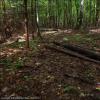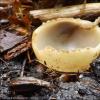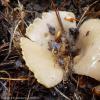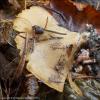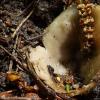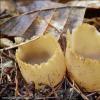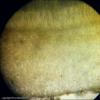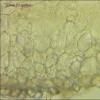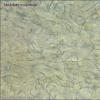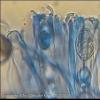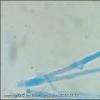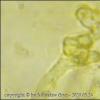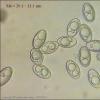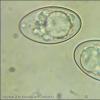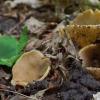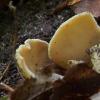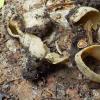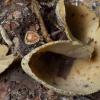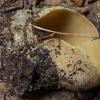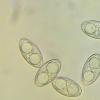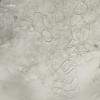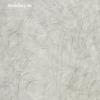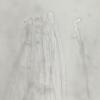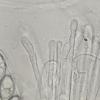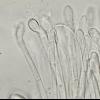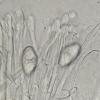
15-12-2025 07:05
 Danny Newman
Danny Newman
Pseudosclerococcum golindoi (det: Zotto)near Cosb

15-12-2025 11:49
 Danny Newman
Danny Newman
ITS sequences from the following two collections B

15-12-2025 12:34
 Danny Newman
Danny Newman
indet. Rhytismataceae on oak leafnear Purchase Roa

09-12-2025 12:06
 Andgelo Mombert
Andgelo Mombert
Bonjour,Je recherche l'article concernant Hypobryo

12-12-2025 18:39
Mirek GrycHello everyone.Macrofeatures similar to Mollisia b

07-12-2025 16:07
Arnold BüschlenHallo, ich habe in einer Moos-Aufsammlung (epiphy

08-12-2025 21:04
Mark Stevens"Hello everyone,I'm relatively new to microscopy (
In May, I found in the deciduous forest Tarzetta which looked like T. spurcata. Her spores, however, are too small for this species. What do you think about her
Big sporocarps, some up to 4 cm.
Some paraphyses are simple, but most with an irregular peak.
I measured the spores several times, also from print spores.
(18.7) 18.9 - 20.3 (20.8) × (11.4) 11.5 - 12 (12.4) µm
Q = (1.5) 1.6 - 1.7 (1.8); N = 12
Me = 19.7 × 11.8 µm; Qe = 1.7
18.74 11.93
19.94 11.83
19.70 11.78
19.70 11.45
19.81 11.51
18.90 12.43
20.26 11.78
19.23 12.02
19.62 11.39
19.52 11.56
20.75 11.62
20.08 11.97
(19.5) 19.6 - 20.5 (21.4) × (10.2) 11 - 11.2 (11.8) µm
Q = (1.7) 1.8 (2); N = 8
Me = 20.1 × 11.1 µm; Qe = 1.8
20.31 10.16
19.57 11.18
20.54 11.17
20.38 11.22
19.75 11.23
21.44 11.77
19.53 11.03
19.61 11.05
Thank you in advance for all the hints.
I don't have new literature for Tarzetta, so I base myself only on threads from this forum, but I didn't come across anything similar.
I came across a thread in which Tarzetta betulicola is talked about. However, I do not know this species and Betula was nearby.
Mirek
However, I will present one more collection. Also found in the deciduous forest, this time without Betula. The size of the fruiting bodies is similar to the previous collection. The shape of the parphises is also similar.
From the macroscopic features, you can see the difference in the pericarpus edge, which in this case is smoother.
Spores, on the other hand, are much larger:
(23) 23.9 - 25.7 (26.1) × (12.2) 12.3 - 13.5 (13.9) µm
Q = (1.8) 1.83 - 2 (2.1); N = 11
Me = 24.8 × 13.1 µm; Qe = 1.9
24.58 13.30
23.00 12.84
25.34 12.16
23.91 12.34
24.59 13.01
26.06 12.80
25.67 13.42
24.10 13.15
25.17 13.35
25.50 13.85
24.62 13.47
Are such features compatible with Tarzetta spurcata ??
I have probably looked through all the threads about Tarzetta in this forum. I was interested in Nicolas's statement in one of them:
http://www.ascofrance.com/search_forum/2568
Let me quote from:
"L'aspect noduleux ou digité des paraphyses rappelle plus volontiers Tarzetta spurcata (Pers.) Harmaja (= Peziza ochracea Boud.) Mais cette espèce possède normalement des spores un peu plus petites: 20-23 × 10-12 µm d'après Harmaja (1974), 18.2-24.2 × 9.4-12.5 µm d'après Häffner (1992) et d'après mes propres récoltes 18-22 × 11-12.5 µm. Harmaja considerère cette espèce comme relativement "grosse 'par rapport à une autre espèce, très proche, qui s'appelle Tarzetta pusilla Harmaja dont les apothécies ne mesurent qu'env. 5 mm de diamètre. Cette petite espèce présente des paraphyses similaires et les spores sont un peu plus larges: 20-23 × 11.5-13 µm. "
The statement is very archival, so I suspect that a lot has changed in this topic, but despite this I would like to ask if the spore dimensions given in this thread for T. spurcata are still valid or should they be larger?
Mirek

Tarzetta is a difficult genus and my preliminary works show that there is a high diversity because these species form ectomycorrhizas (https://doi.org/10.25664/art-0288). The ecology is very important to try a determination, so "deciduous trees" is not sufficient, although it's sometimes hard to evaluate the host-tree.
Your second collection fits well with T. ochracea but is there some Fagaceae in this place?
I consider T. spurcata as a nomen ambiguum and use T. ochracea for the species having large and sessile apothecia, with ascospores 19–24 (24.5) × 11–13.5 (14) ?m (based on my collections).
Your first collection seems to be short stipitate (true?) so maybe more related to T. catinus / pseudocatinus.
Hope this helps.

